The Odisha Forest Department demolishes homes of 32 tribal families amid the lockdown
These families claimed that they moved here after their homes were destroyed in a landslide, and were in talks with the authorities for relocation. But, the officials said that they were encroachers
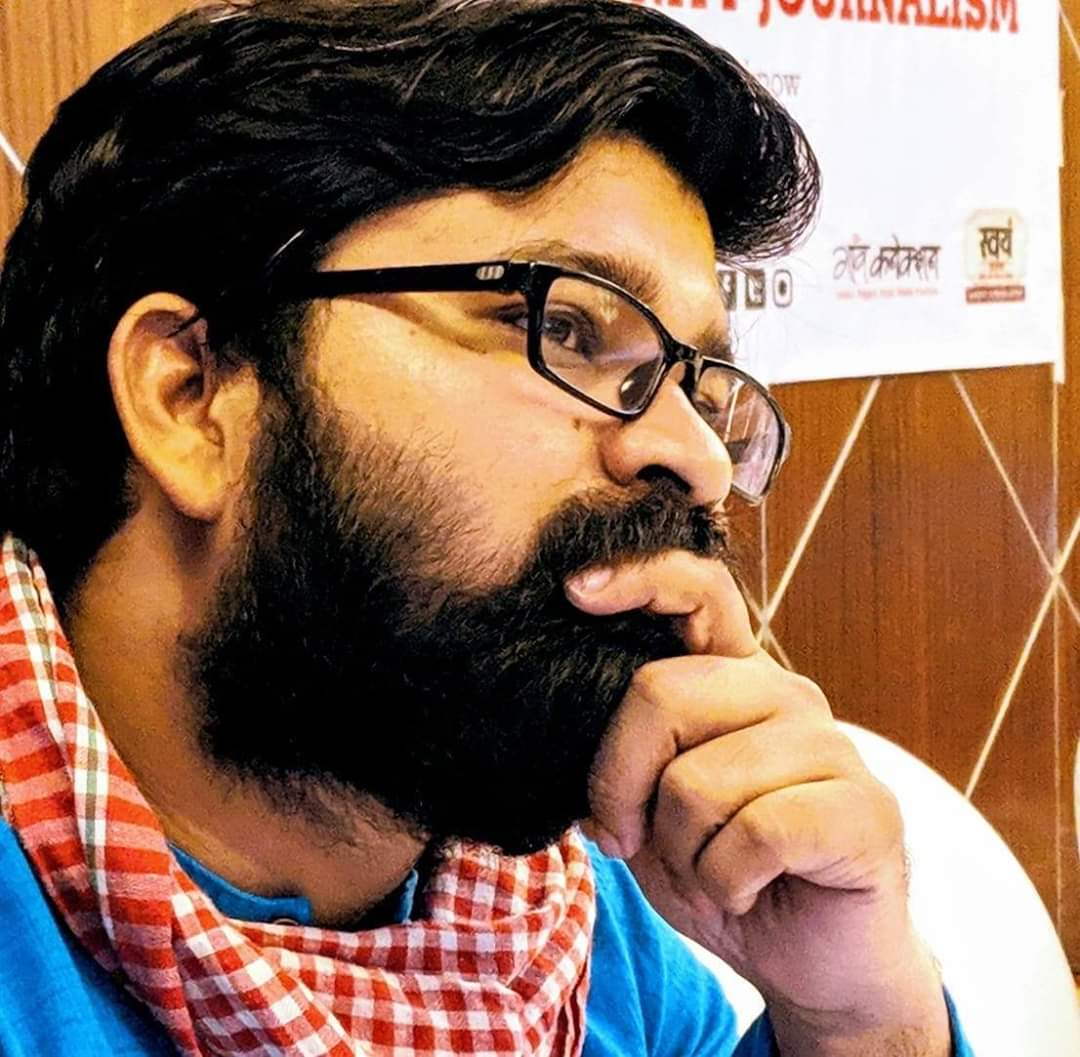

On April 24, homes of 32 Adivasis (tribals) living in Kalahandi district of Odisha were demolished by the forest department. More than 90 people lived in these houses. These homeless families now don’t have any shelter to protect them from the scorching sun, and no place to go amid the nationwide lockdown. They don’t have anything to eat. They are living under mahua trees and surviving on mahua leaves.
Sundhar Manjhi, who lives in Nehla village in the Sagada Gram Panchayat, about 15 kms from the Kalahandi district headquarters, said: “When the forest department officials had come to demolish the houses, we were visiting a village close by as someone had passed away. When we returned in the evening, we didn’t have homes.”
He added: “We don’t know what happened to our chickens and goats; they just disappeared. We don’t have anything to eat. We are living under mahua trees with our young children. If it rains, we have no place to go to.”
This village is adjacent to the Khandul Mali forest area. There are numerous bauxite mines in this region of South Odisha.
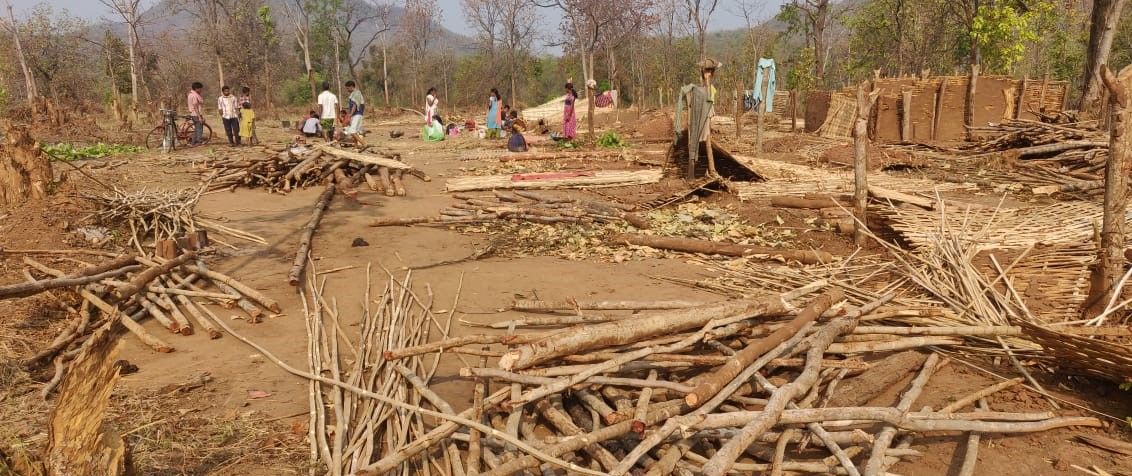
Gaon Connection got in touch with Prafful Samanta, who heads the Lokshakti Abhiyan, an organization that has long been fighting for the rights of Adivasis (tribals) in Odisha, to know why were these houses demolished amid the nationwide lockdown.
He explained: “These Adivasis (tribals) had been living here for the past six months. They all lived in a village in Makhaguda, which is located on a mountain about 15 kms away from here. Due to the landslides in 2017, their houses were damaged and so they settled here. Nobody could have removed them from here under the Forest Rights Act. Nevertheless, on Friday (April 24) afternoon, a large number of forest department officials arrived and demolished their thatched houses made of mud.”
At a time when the prime minister of the country has been urging people to stay inside their homes, more than 90 people have been rendered homeless. How they will follow social distancing when the biggest challenge in front of them is of survival? Their difficulties are going to increase with the increasing temperature.
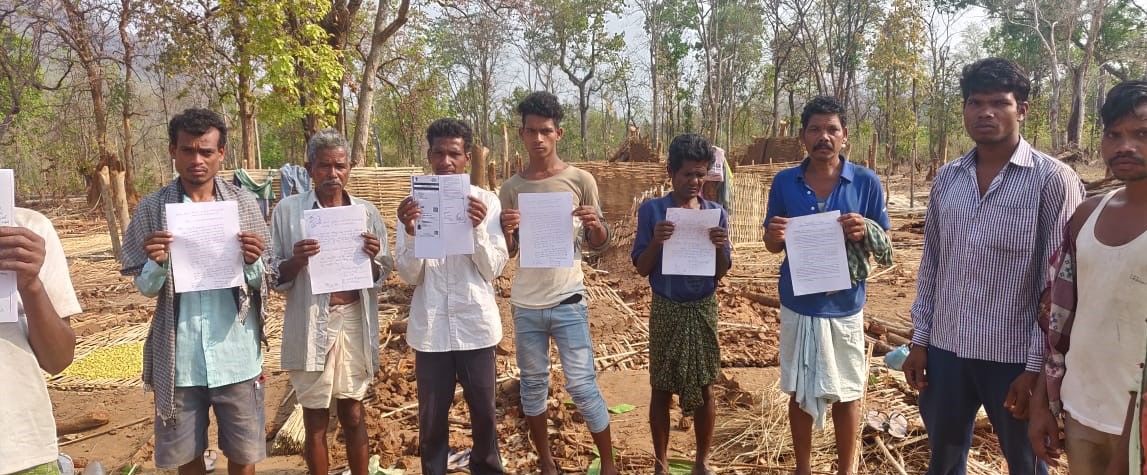
Prafull informed: “This is a conspiracy. The attempt to remove them from here was going on for the past six months. The entire area falls under an elephant sanctuary. Because of the lockdown, no one would have stopped them. So, they did what they had to do amid this lockdown. Some people were trying to reach there, but the forest department did not allow them. There have been no reports in the media.”
He added: “They were constantly demanding that they should be relocated elsewhere and that they should be given land for cultivation. Living here was convenient for them as the district headquarters and the panchayat from where they used to get some provisions were not too far. The village where they lived earlier didn’t have basic facilities. This is why they were living here.”
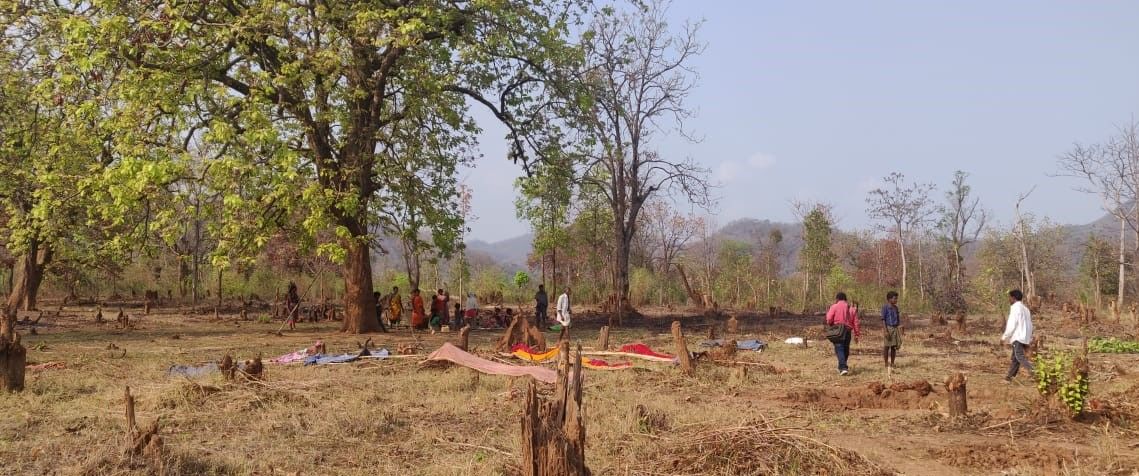
Siddhartha Naik, a lawyer in the Kalahandi District Court and a tribal affairs petitioner in the Supreme Court, alleged that the administration, along with some big companies, is conspiring to reduce the area of the elephant sanctuary.
He said: “There is Vedanta’s bauxite mining project at some distance from here. These people are constantly making efforts to increase the mining area by reducing the sanctuary region. That is why the forest department does not want these people to stay here. These Adivasis (tribal communities) have a legal right to live here. After the incident, I went there along with some TV journalists, but we were stopped. We managed to take some pictures, which were later deleted by the forest department officials.”
He added: “They have been demanding to be relocated since 2017. They were in talks with the district administration. If some action had to be taken, it could have been taken after the lockdown. There are small children. The existing temperature here is 35-40 °c. How are they going to survive?”
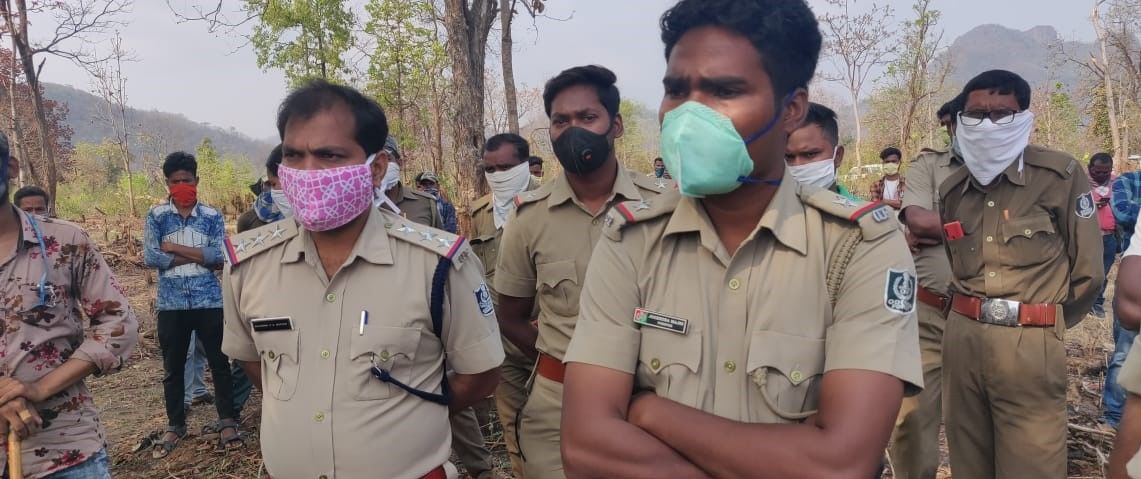
Gaon Connection spoke to T Ashok Kumar, the Divisional Forest Official (DFO), Kalahandi. Putting forth his side of the argument, he said: “These tribals arrived here after the lockdown was announced. We were constantly trying to explain to them to stay put in their village during the lockdown. Their village is on a hill 12-13 kms away from the spot, but they insisted they wanted to live here. The land where they had started living belongs to Sagada Reserve forest. How can we allow them to stay here? These people had just gone to their villages where they were given ration under the Public Distribution System (PDS) and Rs 1,000 each.”
When asked why were lawyers and journalists were prohibited to arrive at the spot, he said: “After the incident, a lawyer had arrived on the spot. We asked for his identity card, but he could not produce it, so he had to be sent back. There is no information about any TV journalist.”
The DFO’s claim that the tribals were living in a forest reserve area was contested by Siddhartha Naik. He said: “If that had been the case, the administration should have looked into it and issued a notice to them first. It is not easy for anyone to dwell illegally in the forest reserve area.”
Many activists have questioned this move by the forest department. Yash Meghwal, the spokesperson of the Tribal Army, an organization fighting for the rights of tribals, said: “These 32 families were living there because they were in talks with the district administration. The demolition shouldn’t have happened now. The government must speak up for the right of these people.”
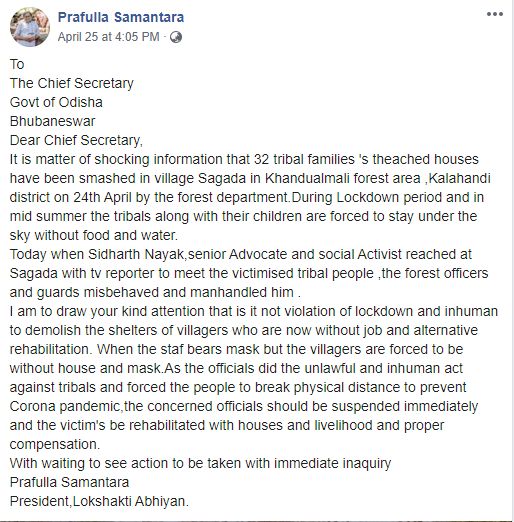
Narendra Mohanty, the state convener of the Indian Social Action Forum (Odisha) said: “The forest department has done this because of the pressure from the mining mafia. Big companies are on the lookout for mining opportunities in the region. Everybody wants to loot the bauxite away from the tribal land.”
Pradeep Sahu, who has been fighting for the rights of tribals for the past 40 years, termed the matter as inhuman. “As per the Forest Rights Act, 2005, the forest department does not have the right to demolish the homes of the tribals. In this case, the tribals were not served any notice. It is a gross violation of human rights,” he said.

